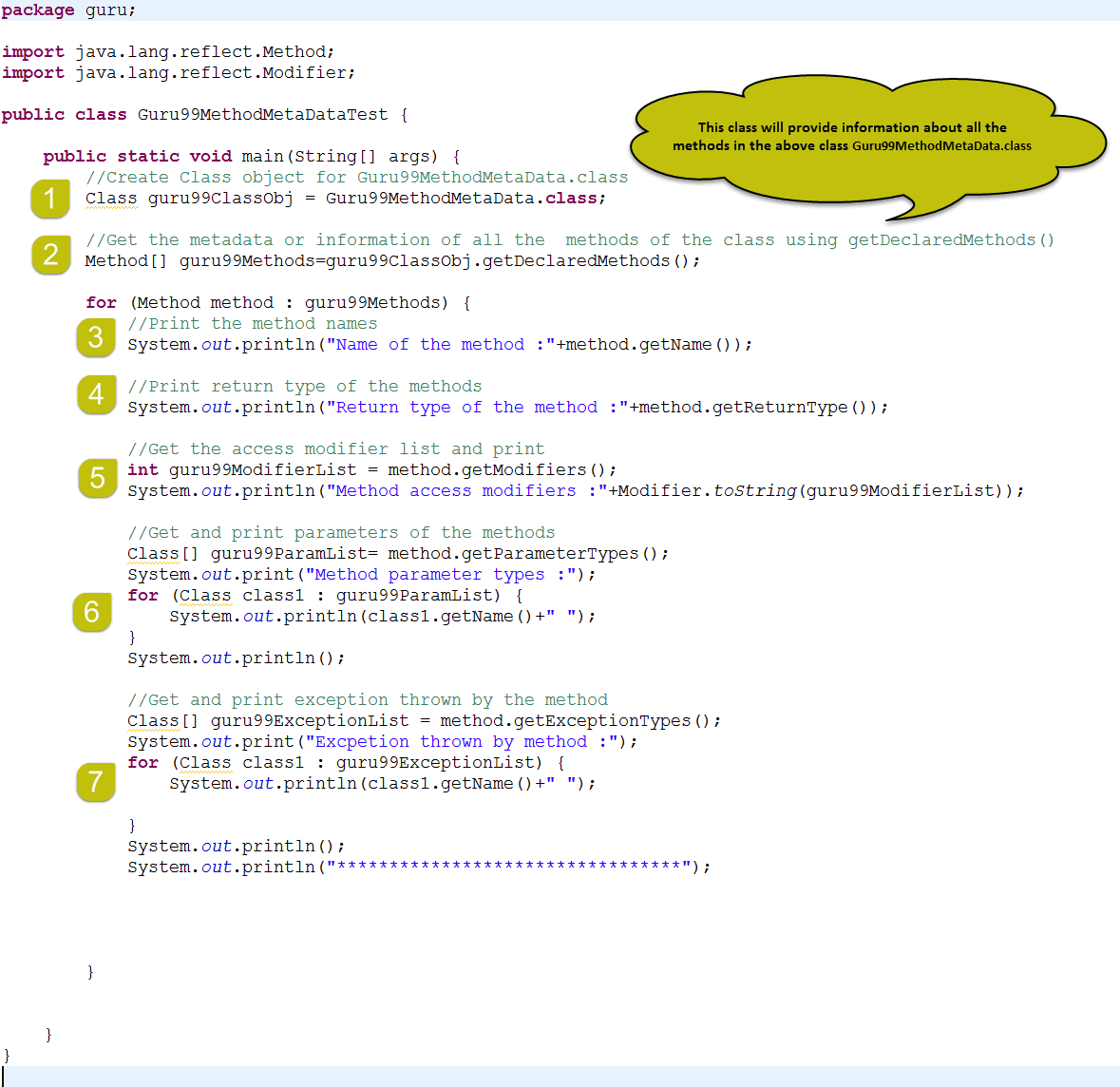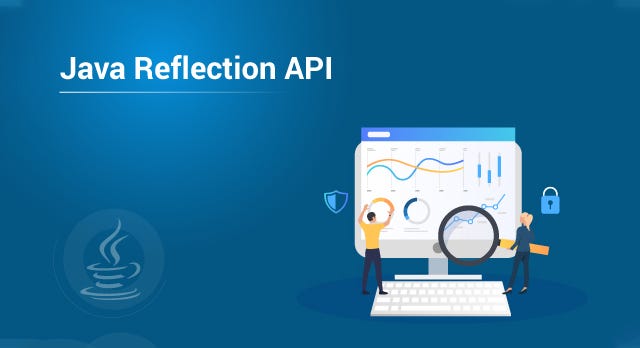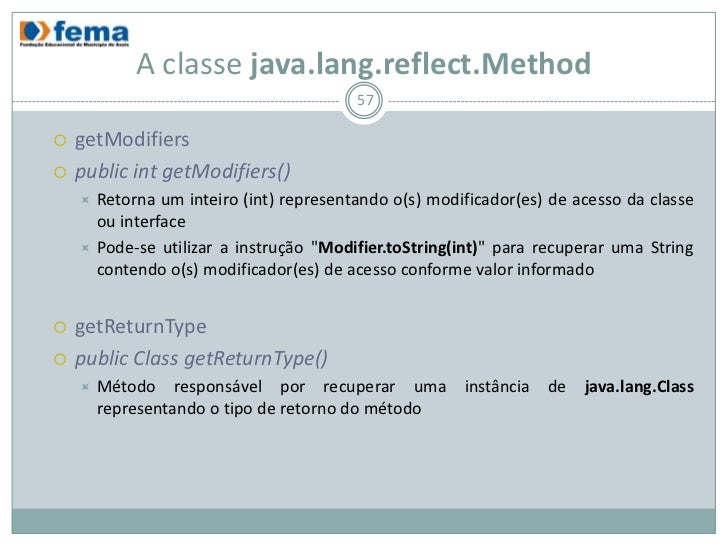

Public Class getInterfaces() : Returns an array of interfaces implemented by the specified class.public Class getSuperclass(): Returns the super class reference.Public String getName (): Returns the name of the class.Modifier: This class is used to gather information about a particular access modifier.Constructor: This class is used to gather declarative information such as access modifier, name and parameter types of a constructor.Execute a string as if it were a source code statement. Method: This class is used to gather declarative information such as access modifier, return type, name, parameter types and exception type of a method. the name of the class, the name of parent classes, fields, methods.Field: This class is used to gather declarative information such as datatype, access modifier, name and value of a variable.

#Java reflection api pdf how to

One advantage of reflection API in Java is, it can manipulate private members of the class too. Reflection API in Java is used to manipulate class and its members which include fields, methods, constructor, etc. Java Reflection is the process of analyzing and modifying all the capabilities of a class at runtime.


 0 kommentar(er)
0 kommentar(er)
